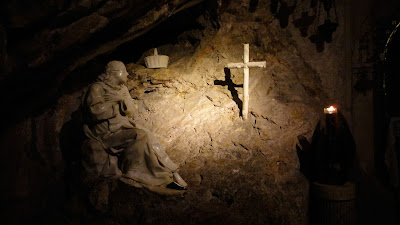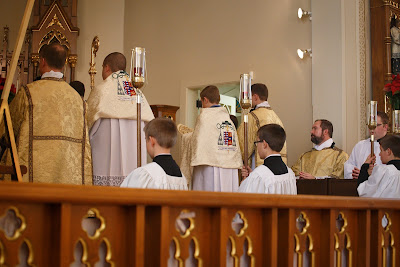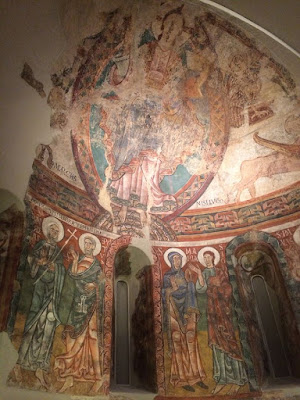Registrations are now open for the Sacra Liturgia conference, which will take place in London this summer from July 5-8. Full information is available at the following link on their website: http://sacraliturgiauk.org/registration/. Among the participants in this year’s conference will be Robert Card. Sarah, Prefect of the Congregation for Divine Worship, Archbishop Salvator Cordileone of San Francisco, Bishop Dominique Rey of Fréjus-Toulon, Bishop Alan Hopes of East Anglia, and Monsignor Keith Newton, Ordinary of the Personal Ordinariate of Our Lady of Walsingham.
“Continuing the work of Sacra Liturgia 2013 and Sacra Liturgia USA 2015 (both organized by Bishop Rey of Fréjus-Toulon), Sacra Liturgia UK 2016, an international conference on liturgical formation in light of the new evangelization, seeks to support the Church’s saving evangelistic and catechetical mission as well as the continued revitalisation of the liturgical life of the Church. Lectures will take place at Imperial College, London. Liturgies will be held at the London Oratory and the church of Our Lady of the Assumption & St. Gregory (Warwick Street).
‘It is a singular honour that His Eminence, Robert Cardinal Sarah, Prefect of the Congregation for Divine Worship and Discipline of the Sacraments, will be present to address us. I hope that all who participate in Sacra Liturgia UK shall be enriched by the liturgical formation it will provide, profit from the new connections and friendships it will occasion and be strengthened by the beautiful liturgical celebrations in which we shall participate.’ ”
“Continuing the work of Sacra Liturgia 2013 and Sacra Liturgia USA 2015 (both organized by Bishop Rey of Fréjus-Toulon), Sacra Liturgia UK 2016, an international conference on liturgical formation in light of the new evangelization, seeks to support the Church’s saving evangelistic and catechetical mission as well as the continued revitalisation of the liturgical life of the Church. Lectures will take place at Imperial College, London. Liturgies will be held at the London Oratory and the church of Our Lady of the Assumption & St. Gregory (Warwick Street).
‘It is a singular honour that His Eminence, Robert Cardinal Sarah, Prefect of the Congregation for Divine Worship and Discipline of the Sacraments, will be present to address us. I hope that all who participate in Sacra Liturgia UK shall be enriched by the liturgical formation it will provide, profit from the new connections and friendships it will occasion and be strengthened by the beautiful liturgical celebrations in which we shall participate.’ ”
| From last year’s Sacra Liturgia Conference, a Corpus Christi procession through the streets of New York. |
































































































